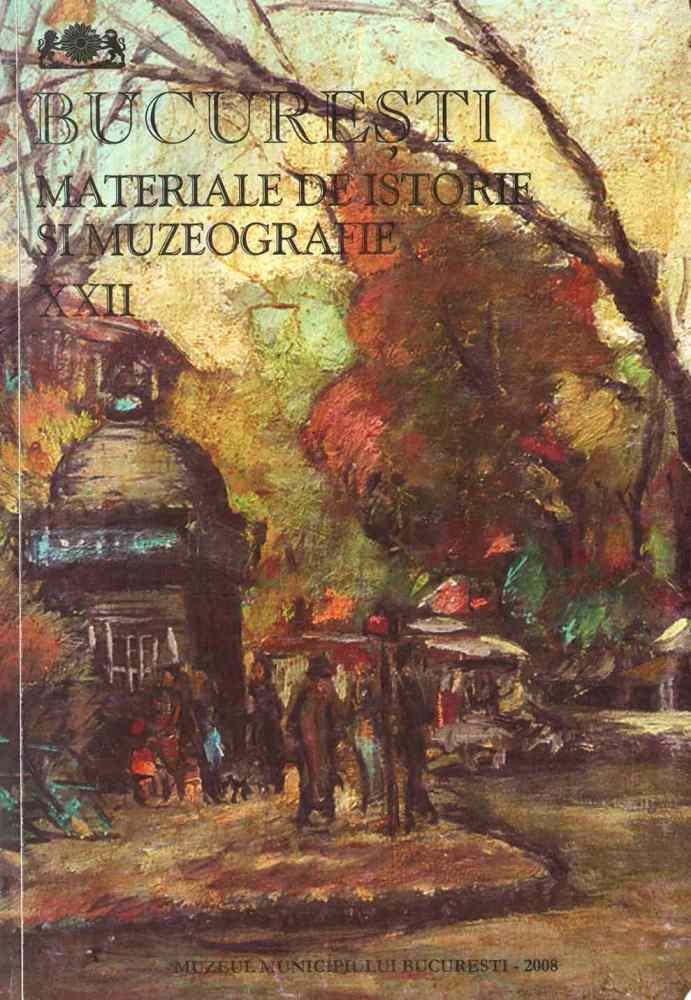
Judecata domnească şi boierii
| Autori |
|
| Secţiunea |
|
| Limba de redactare | română |
|
Descriptori
|
|
| Excerpt | During the earliest Middle Ages, the ruller was the main lord and owner of the land and the supreme judge. Although the juridical problems arising during this period were analyzed within a group a problem, the decisions were signed by the ruler alone, and the decisions were not be discussed, although there was the possibility to re-judge a case during the next ruling. Thus people were pursuing their trials from one ruling to another, for decades. Some crimse are punished onethe spot, right in the street, by the spontaneous reaction of the witnesses. Tradition was important, represented by sets of unwritten rules of behaviors and judgment. Abuses, betrayls, slaughters were all typical of the Middle Ages, while attempts were being made to set the public and private life within juridical coordinates. During the 18th century, the capital decision taken mainly by the ruler had to be confirmed by the Porte. There was a wide variety of punishments, comprising impaling, hanging, mutilation, but also banishment. The article presents the evolution of juridical practices im Wallachia, from the early Middle Ages up to the modern era. |
| Paginaţia | |< << 83-99 >> >| |
| Descarcă fişierul | |
| Titlul volumului de apariție | |
| Editura | Publicat de: Muzeul Municipiului Bucureşti |
| Loc publicare | Bucureşti |




